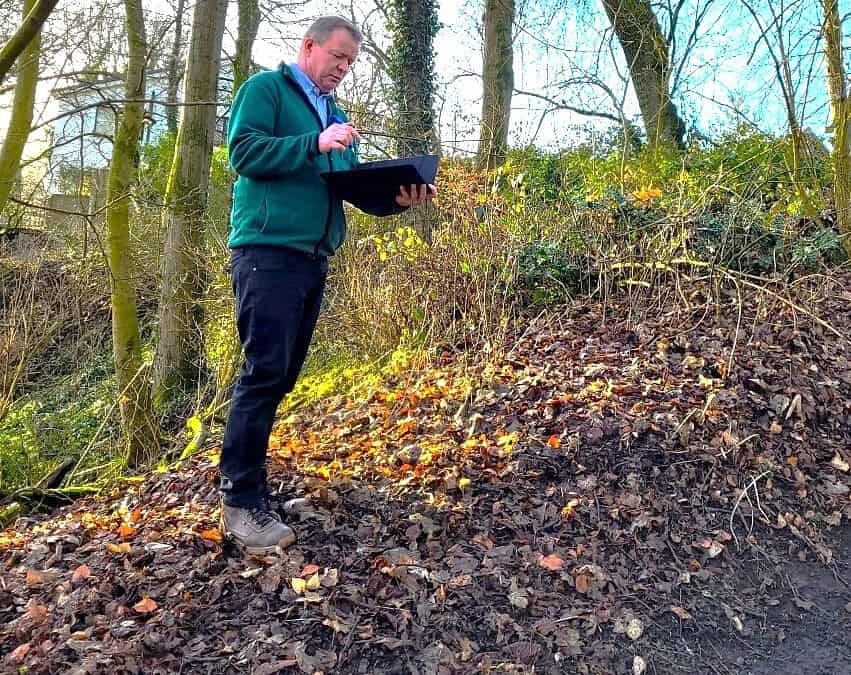The Ultimate Guide to Japanese Knotweed Removal
Japanese Knotweed is a highly oppressive & invasive plant species. Furthermore, it can cause significant damage to buildings, structures, and the surrounding environment. If you have discovered this plant on your property, it is crucial to have it Managed as soon as possible to prevent further growth and spread. This guide will provide you with everything you need to know about Japanese Knotweed removal. Including the best practices, techniques, and methods for eliminating this plant from your property. This is the Ultimate Guide to Japanese Knotweed Removal
What is Japanese Knotweed?
Japanese Knotweed is a fast-growing, herbaceous perennial plant mainly native to Asia. It is highly invasive and can quickly spread, outcompeting native species. It also has the potential to cause significant damage to buildings, structures, and the environment. Japanese Knotweed can grow up to 10 feet tall and is known for its thick, bamboo-like stems and dense green leaves.
Why is it Important to Remove Japanese Knotweed?
Japanese Knotweed is a highly invasive plant species that can cause various problems for property owners. It is known to damage foundations, walls, and other structures and can also cause significant environmental harm. The roots of Japanese Knotweed can grow up to 6 to 7 meters deep, damaging pipes, utilities, and other underground structures. Additionally, Japanese Knotweed is highly resistant to some herbicides, making it difficult to control and remove.
The Best Techniques for Japanese Knotweed Removal
Several techniques can be used to effectively remove Japanese Knotweed from your property. The most effective methods include excavation, stem injection, and foliar spray.
Excavation
Excavation is the process of digging up the plant’s entire root system, including the stems and rhizomes. This method is typically used for larger infestations and is the most effective way to ensure that all parts of the plant are removed. Excavation is also preferred for removing Japanese Knotweed from sensitive areas, such as near water sources or ecologically essential sites. If you are considering Excavation, getting three different quotes is worth it, as the cost can be very high.
Stem Injection
Stem injection involves injecting a herbicide directly into the plant’s stem. This method is effective in controlling the plant’s growth and can be used in conjunction with excavation or foliar spray. Stem injection is ideal for minor infestations and is less intrusive than excavation.
Foliar Spray
Foliar spray is a method that involves applying a herbicide directly to the plant’s leaves. This method is typically used in conjunction with excavation or stem injection and is effective in controlling the plant’s spread. Foliar spray is ideal for larger infestations and can help prevent the plant from re-growing.
Conclusion
Japanese Knotweed is a highly invasive plant species that can cause significant damage to buildings, structures, and the environment. If you have discovered this plant on your property, removing it as soon as possible is crucial to prevent further growth and spread. In this guide, we have provided you with the best techniques for Japanese Knotweed removal, including excavation, stem injection, and foliar spray. With the right approach, you can effectively remove Japanese Knotweed from your property and protect your assets.
